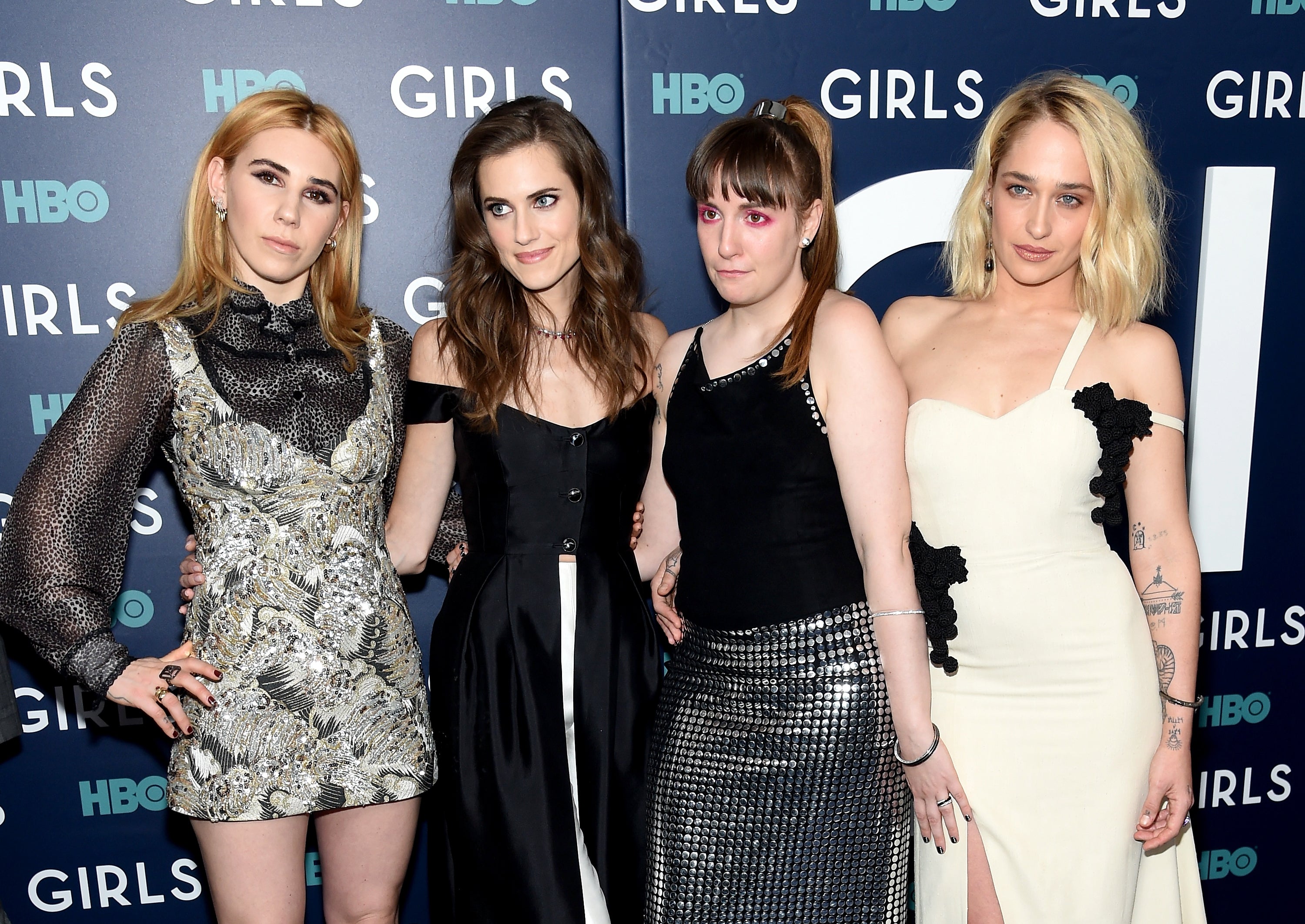Ten years on, Lena Dunham’s Girls is still a masterpiece
No matter how many times I have played certain scenes and gone through the series from start to finish, it has always managed to serve me well at different stages of my life


Your support helps us to tell the story
From reproductive rights to climate change to Big Tech, The Independent is on the ground when the story is developing. Whether it's investigating the financials of Elon Musk's pro-Trump PAC or producing our latest documentary, 'The A Word', which shines a light on the American women fighting for reproductive rights, we know how important it is to parse out the facts from the messaging.
At such a critical moment in US history, we need reporters on the ground. Your donation allows us to keep sending journalists to speak to both sides of the story.
The Independent is trusted by Americans across the entire political spectrum. And unlike many other quality news outlets, we choose not to lock Americans out of our reporting and analysis with paywalls. We believe quality journalism should be available to everyone, paid for by those who can afford it.
Your support makes all the difference.I was first introduced to Girls by my friend Zoe in our second year of uni. We huddled around her tiny TV, each with a bowl of plain pasta on our laps, as we fought with the dodgy HDMI cable that was plugged into her laptop (which kept glitching). She watched my face expectantly, waiting for my verdict.
Little did we know just how accurate the depiction of job seeking post-higher education was. Nor were we fully aware of how much city life would cost. But we lapped it up nonetheless.
The story switched from Marnie’s (Allison Williams) relationship woes to Hannah’s (Lena Dunham) financial struggles and emotionally abusive sex buddy, Adam (Adam Driver). The ever-bohemian Jessa (Jemima Kirke) rocked up with flowing blonde locks and ridiculous tales from her travels (much like Marnie had predicted), and Shoshanna (Zosia Mamet), very much the bright-eyed millennial, talked a mile a minute about how New York life would be like Sex and the City for them: “You know, you’re funny because you’re definitely a Carrie, with like, some Samantha aspects, and Charlotte hair. That’s like a really good combination.”
Indeed, there was a lot to love and dissect in this first episode – not least its frank portrayal of modern relationships, sex and female friendships. But for me, it was a scene at the end of episode three that really grabbed my attention.
As avid fans will recall, Hannah is sitting on her bed drafting various tweets as a slow ballad plays out. She then switches tracks, and in comes the electro beat of Robyn’s ‘Dancing on My Own’. Before long, Hannah starts bobbing her head from side to side and moving her hips. The scene then cuts to Marnie, who is walking up the stairs to their apartment. On entering the flat, she sees Hannah dancing in her bedroom, before she kicks off her heels and joins her. From this magical moment on, I was all in; a fully-fledged Girls fan.
In the 10 years since the pilot aired on HBO, I have revisited the series time and again (the most recent binge being during lockdown). No matter how many times I have played certain scenes and gone through the series, it always managed to serve me well at different stages of my life. It offered warnings on working life when I first discovered it; once I had graduated, it felt like a comfort blanket, a fictional friend telling me “you’re not alone”.
Later on, I saw many elements of my own messed-up relationships in those on screen – particularly Hannah’s dynamic with Adam. It was hard to walk away from someone like that, who I knew did not respect or love me, but would show just the smallest bit of affection at the right time and draw me back in again. Then, during the pandemic, the incessant fear that my female friendships would deteriorate was brought to life in the show’s final episodes.
To keep up to speed with all the latest opinions and comment, sign up to our free weekly Voices Dispatches newsletter by clicking here
Now, of course, the series wasn’t without its flaws; not only did it severely lack diversity, it reeked of privilege. But, I would argue, Dunham and co were always very self-aware, and were, in fact, using the show as a platform to mock the perceived plight of white, upper class academics. They were caricatures of themselves and highlighted both the positive and negative elements of women of their generation.
But, beyond the characters and Dunham’s divisiveness off-camera, there’s no denying that Girls was a masterpiece, full of never-before-seen storylines and concepts. To name just a few, there’s the standalone episode where Hannah spends the day with an older man after flytipping; Shosh’s personal journey in Tokyo; the dance routine at the beach house; then, of course, the excruciating scene at the interactive play, in which Hannah discovers Jessa and Adam’s affair.
Despite the episodes being just 20 minutes long (or thereabouts), they manage to cover a breadth of topics and emotions, from abortion rights and gentrification, sexual health and the unemployment crisis. And while it may seem as though these things have been rehashed many times since, Girls truly was one of the first shows on a mainstream channel to tap into that discourse.
Love it or hate it, there’s something uniquely special about the show – something that is still intact a decade on. It is witty, smart and has the ability to make you sob and belly laugh in equal measure. And, well, if that hasn’t convinced you: it also brought us the insanely talented Adam Driver.